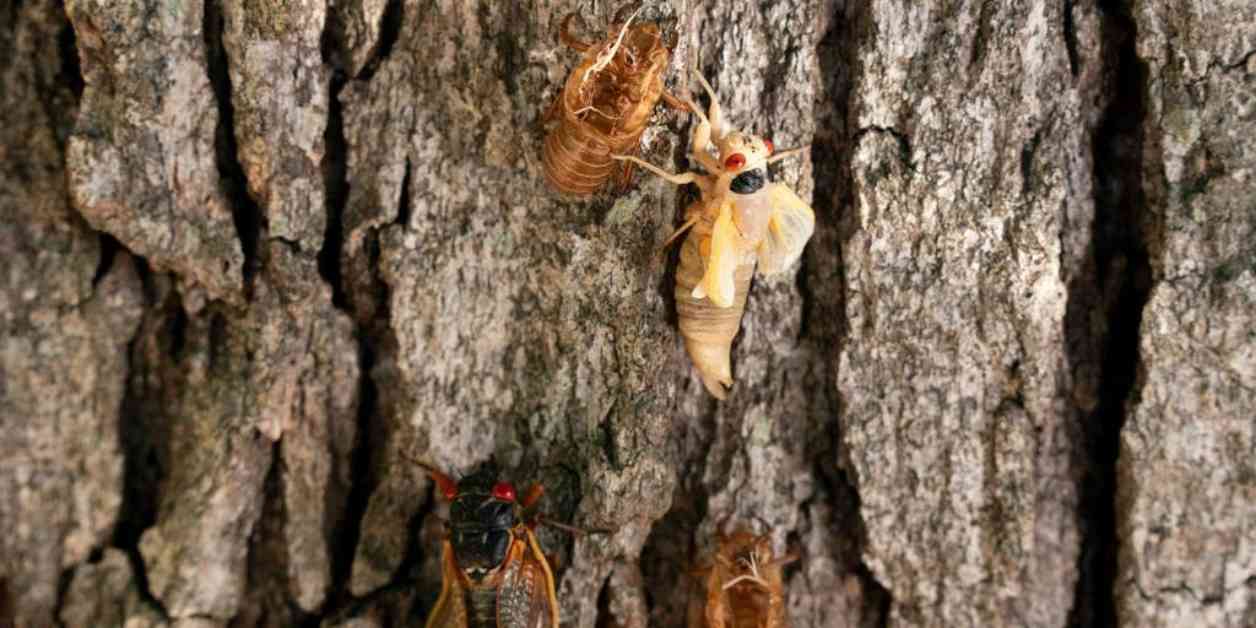The historic cicada invasion is currently underway! Noisy flying insects known as cicadas have started emerging from the ground and have been seen buzzing around North Carolina and South Carolina. These insects will eventually spread to 15 other states in the coming weeks. The cicadas, which are one to two inches long, rise from the soil, grow wings, and then engage in a frenzied mating period that lasts for several weeks.
Billions, if not trillions, of cicadas from two different groups are expected to appear in a total of 17 U.S. states in a rare natural event that has not been witnessed since 1803. This year marks the first time in 221 years that two types of cicadas, brood XIX and XIII, have emerged from the ground simultaneously. These bugs have robust bodies, large red compound eyes, and membranous wings with a wingspan of three inches.
The broods of cicadas will cover parts of Alabama, Arkansas, Georgia, Iowa, Indiana, Illinois, Kentucky, Louisiana, Maryland, Missouri, Mississippi, North Carolina, Oklahoma, South Carolina, Tennessee, Virginia, and Wisconsin, according to the United States Forest Service. These insects are a fascinating phenomenon, as they remain underground for 13 or 17 years and emerge almost simultaneously to mate.
Cicadas are unique to the eastern United States, with around 190 species worldwide. These periodical cicadas emerge every 13 or 17 years and are not harmful to humans, pets, gardens, or crops. They serve as a valuable food source for birds and mammals, with turkeys even feasting on them. Native Americans historically consumed cicadas due to their high protein content.
The peak period of activity for cicadas is from now until early June, following a substantial rainfall that raises the ground temperature to 64 degrees. During this time, cicadas shed their skin, transform into adults with wings, mate noisily, lay eggs on tree branches, and eventually die off. The loud mating sounds produced by cicadas can reach up to 120 decibels, similar to the noise level of a lawnmower or motorcycle.
Homeowners are advised to take precautions, such as covering young trees with mesh or netting to prevent egg-laying damage and protecting pools and patio furniture from cicada droppings. Brood XIII cicadas emerge on a 17-year cycle in specific regions, while Brood XIX follows a 13-year cycle and is more widely distributed across 15 states. These two broods may overlap in central Illinois and occasionally in Indiana, allowing for potential interbreeding.
In conclusion, the cicada invasion is a remarkable natural event that showcases the unique life cycle and mating behavior of these fascinating insects. Observing this phenomenon can provide valuable insights into the ecosystem and the interconnectedness of different species in nature.




